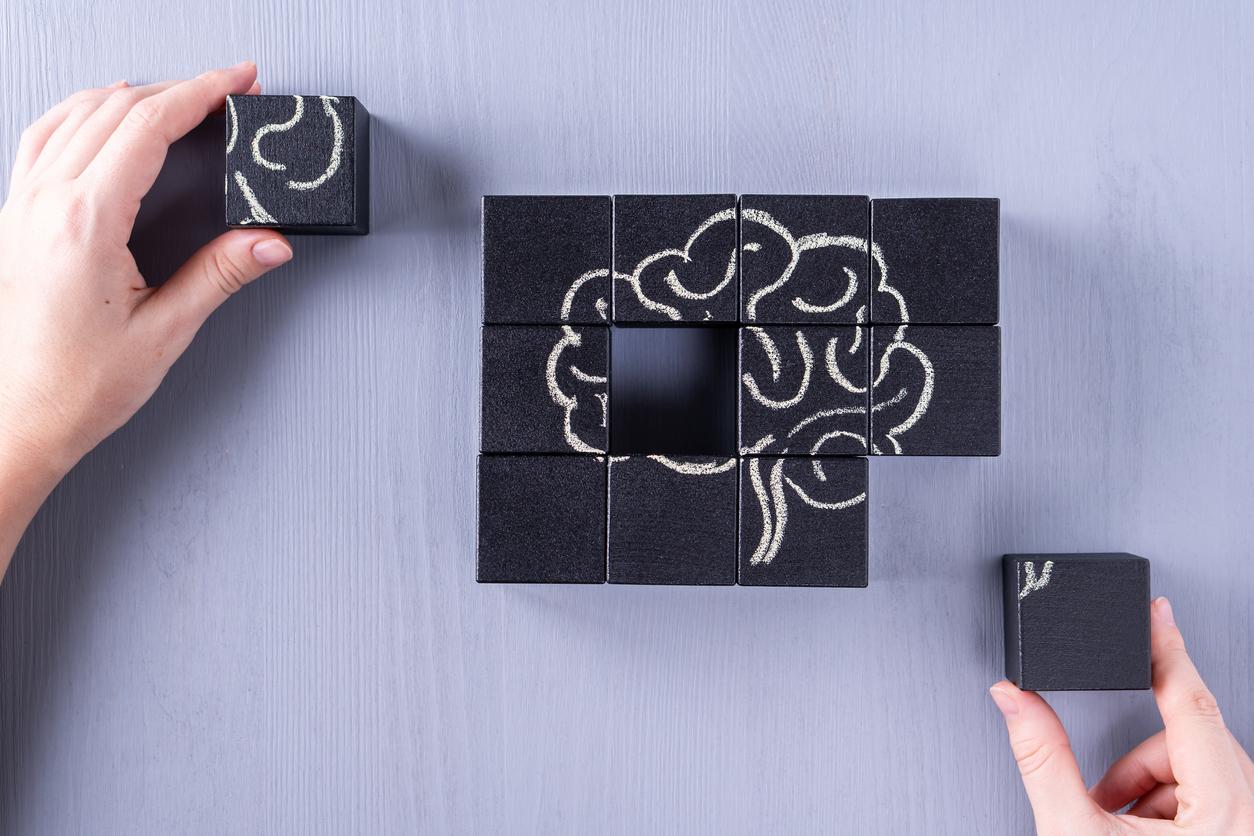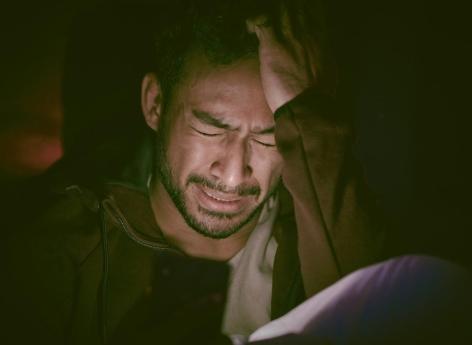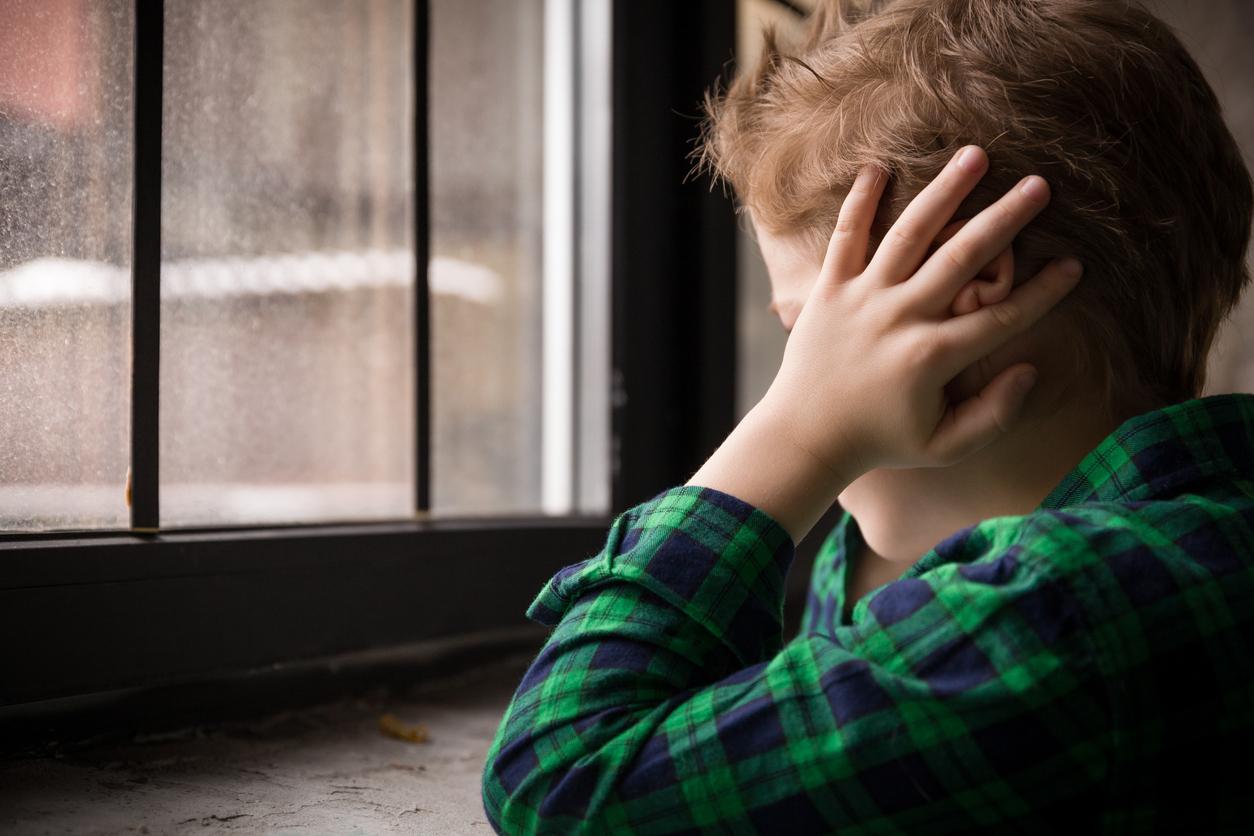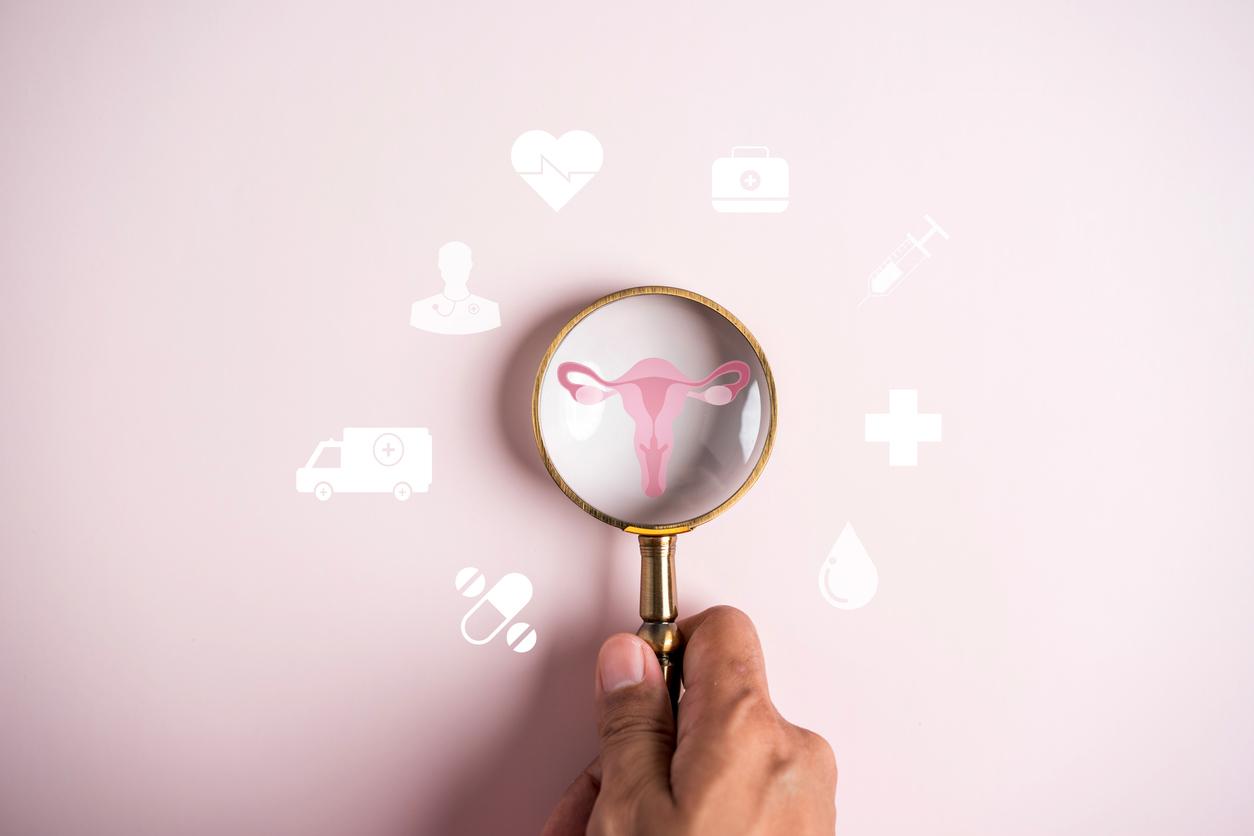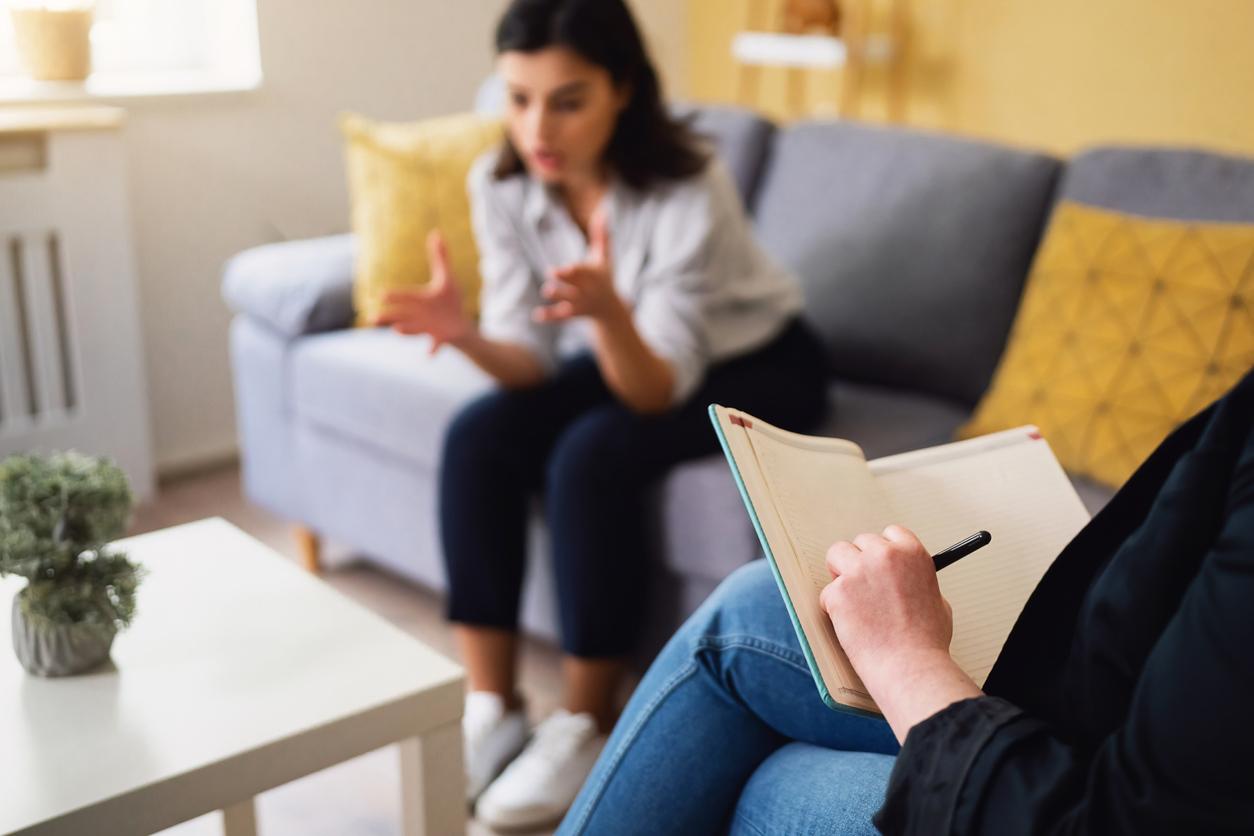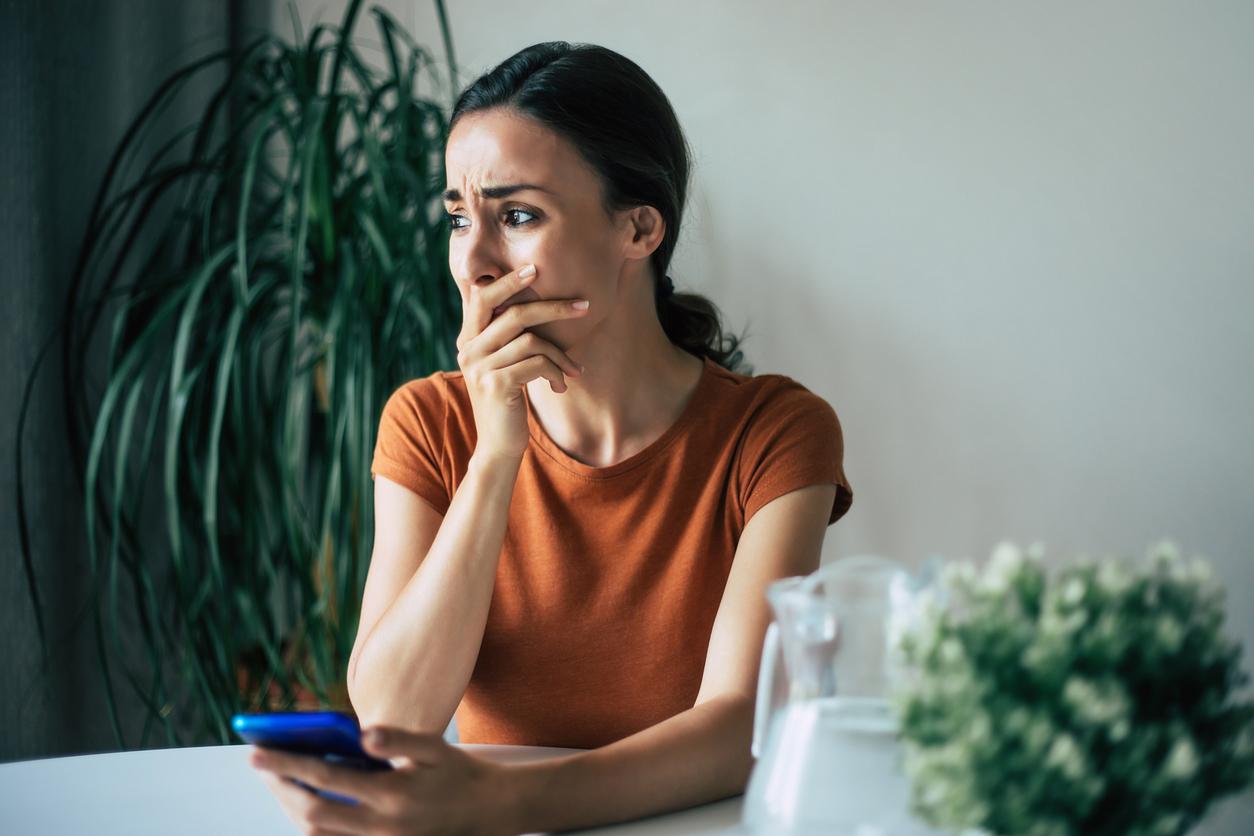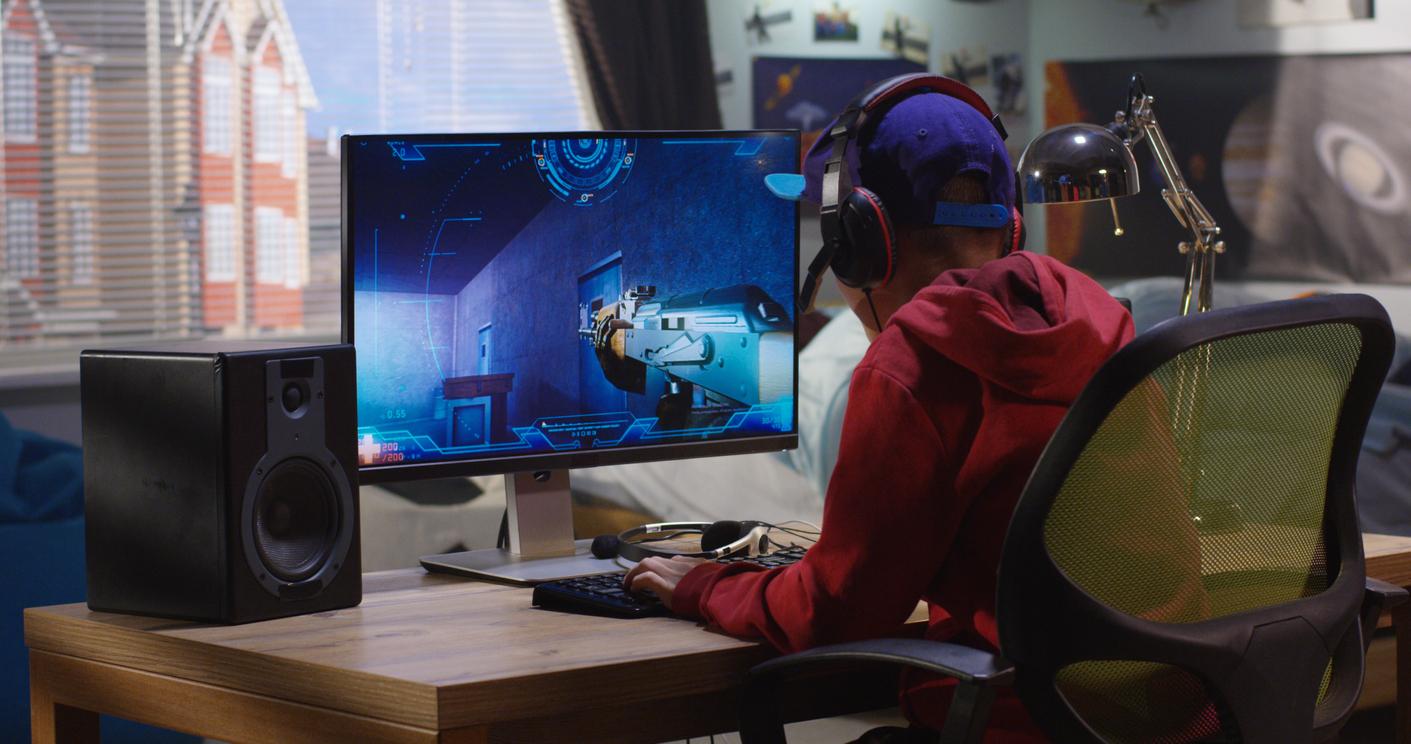In front of difficult traumas such as the loss of a loved one, violence, accidents or war, the response from the medical profession is often inadequate or non-existent. To help doctors and nurses treat these disorders, the World Health Organization (WHO) has released a new clinical protocol and guidelines to follow.
“We have received many requests for mental health care after trauma or the loss of a loved one,” explains Dr Oleg Chestnov, WHO Assistant Director General for Non-Communicable Diseases and Mental Health . “Primary health workers will now be able to provide basic services in line with the best available evidence. They will also know when to refer patients to more specialized treatment.”
Dim vivid memories
Guidelines provided by WHO include first aid psychological assistance, stress management, applying positive coping methods and mobilizing social supports. In the case of post-traumatic stress, the patient will instead be referred to specialized treatments such as cognitive-behavioral therapy or a new technique called desensitization and reprogramming through eye movement. “These methods help subjects to reduce vivid, unwanted and repeated memories of traumatic events. It is recommended that training and supervision be reinforced with a view to disseminating them more widely”, explains the Organization.
The WHO also notes that benzodiazepines may be helpful to treat certain mental disorders, but should not be prescribed to reduce acute symptoms of post-traumatic stress disorder or sleep problems during the first month following a potentially traumatic event. “The main concerns about benzodiazepine use are that many people develop a tolerance to their effects, obtain little therapeutic benefit from regular use, become addicted to them, and suffer from a withdrawal syndrome at discontinuation of treatment,” the protocol reads.









